Madam, in the context of the strong development of the digital economy , many new types of assets have been and are emerging, including digital assets and carbon credits. Could you briefly describe these two types of assets?
In the digital economy, digital assets are increasingly popular and diverse. According to international definitions, digital assets are any objects that exist in digital form, can be identified, stored and provide value - from data, images, sounds, software to encrypted assets such as cryptocurrencies, tokens or NFTs. In Vietnam, the Draft Law on Digital Technology Industry has initially defined digital assets as technological products created, transferred, and authenticated by blockchain technology and legally owned according to civil regulations.
Digital assets do not need to exist in physical form but are stored on digital platforms such as Blockchain, cloud computing or databases. Some popular types today include cryptocurrency tokens representing ownership or usage rights; NFTs - representing unique digital assets such as paintings, music, videos ; or big data and software with economic value. With the support of Blockchain technology, digital assets are redefining the concept of ownership and becoming a new growth driver for many fields.
Meanwhile, carbon credits are a type of asset associated with the green transition trend and are receiving increasing attention in the financial sector. The Law on Environmental Protection 2020 defines carbon credits as tradable certificates, representing the right to emit one ton of CO₂ or equivalent. These credits are often generated from emission reduction projects such as afforestation, renewable energy use or technological innovation. In fact, carbon credits are gradually becoming a financial tool to support businesses in the process of transforming to a sustainable development model.
Although initially recognized commercially, both digital assets and carbon credits are not yet specifically recognized by Vietnamese law as collateral in bank credit transactions.
Can you share more clearly about the current legal regulations for these two types of assets?
Digital assets such as cryptocurrencies, digital assets and other digital assets are becoming an indispensable part of the digital economy, but the current Vietnamese legal system does not have specific and comprehensive regulations on digital assets.
Article 105 of the 2015 Civil Code stipulates: “Property is an object, money, valuable papers and property rights”. The definition of property is given in a listing direction without generalizing the content or nature of the property. This definition also does not show and does not deny whether digital assets are considered property from a legal perspective. This leads to an inconsistent understanding of the legal nature of digital assets. Because, if digital assets are identified as property, the subjects are established and perform transactions on digital assets, including secured transactions such as mortgages, deposits, etc. On the contrary, if digital assets are not identified as property, the legal issues for this type of property are left open, so there is no mechanism for this property to become secured assets.
The Law on Electronic Transactions and the Law on Anti-Money Laundering 2022 have mentioned electronic transactions and risks related to digital assets, but have not clearly regulated the possibility of using digital assets as collateral. Similarly, the Civil Code and Decree 21/2021/ND-CP provide detailed regulations on types of collateral such as land, securities, intellectual property rights, etc., but have not mentioned digital assets. Whether digital assets are considered collateral or not still depends on whether the law recognizes them as assets (as defined in Article 105).
Currently, the legal framework for digital assets is still under construction. Notably, the Draft Law on Digital Technology Industry has initially established the concept of digital assets and ownership of these assets. This is an important step that paves the way for the establishment and secured transactions of digital assets in the future.
In your opinion, is it really urgent to complete the legal framework for digital assets and carbon credits?
In my opinion, it is absolutely urgent. Currently, digital assets such as cryptocurrencies, tokens, and NFTs are not yet recognized by Vietnamese law as collateral in credit transactions, while current regulations mainly apply to tangible assets or traditional financial assets. The lack of a clear legal framework makes it difficult for banks to access this new type of asset, despite its great potential.
Recognizing digital assets and carbon credits as collateral not only helps expand access to capital for customers, but also creates conditions for credit institutions to diversify collateral assets, while contributing to the development of the green financial market and digital economy. Carbon credits, if recognized by law, are also an important channel for green businesses to mobilize capital, and banks have a basis to support environmental projects.
In the context of globalization, building a suitable legal framework that is close to international standards will help Vietnam catch up with trends, promote cross-border cooperation and enhance national competitiveness.
It can be seen that the two new types of assets above are considered to have important significance for businesses and the economy. So, what suggestions and recommendations do you have to improve the legal framework for digital assets and carbon credits to effectively contribute to promoting economic growth?
Recognizing digital assets and carbon credits as collateral will bring many benefits: digital assets are highly liquid, easy to trade, transparent, cost-effective and contribute to promoting the digital economy; while carbon credits can expand capital sources for green businesses and contribute to the development of the green financial market. Therefore, perfecting the legal framework is an urgent requirement to keep up with development practices and globalization trends.
First of all, it is necessary to clearly establish the legal status of digital assets and carbon credits, considering them as types of assets in the Civil Code. This is the premise for using these two types of assets as collateral in financial transactions. Currently, Vietnamese law still has no specific regulations, while in reality, transactions and usage needs are increasing.
Second, the law needs to supplement specific provisions in the Civil Code and Decree 21/2021/ND-CP to recognize digital assets and carbon credits as secured assets, and issue detailed guidance on appropriate security measures, such as mortgages or deposits - instead of pledges or deposits that are only suitable for tangible assets.
Third, it is necessary to develop specific regulations on the management, storage, valuation, supervision and handling of these two types of assets. Given their non-physical and volatile nature, risk control and valuation are key factors to ensure transparency, safety and feasibility when used as collateral.
Finally, completing the legal framework not only helps banks and businesses feel more secure when accessing new types of assets, but also creates momentum to promote green finance and the digital economy - in line with the trend of globalization and sustainable development.
Thank you very much!
Source: https://thoibaonganhang.vn/som-hoan-thien-phap-luat-ve-tai-san-bao-dam-la-tai-san-so-tin-chi-carbon-163348.html


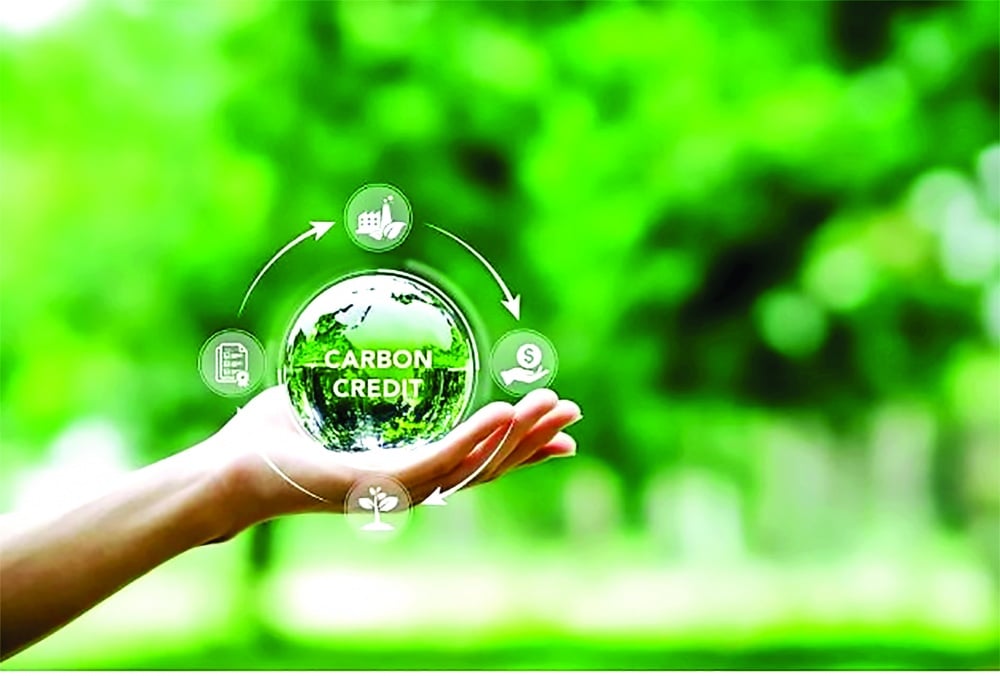












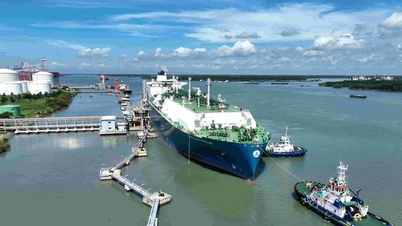








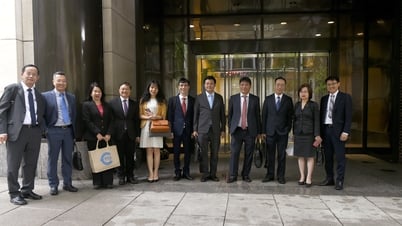
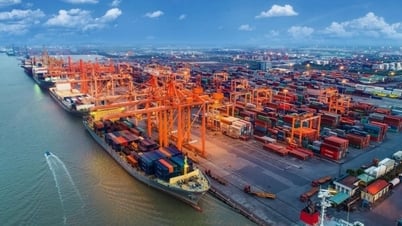

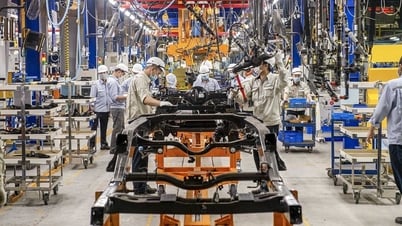

















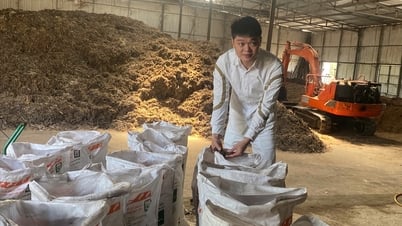





























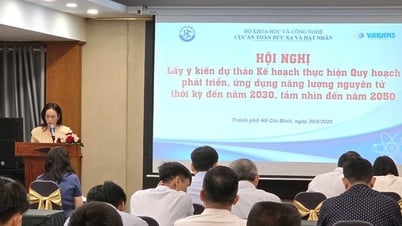

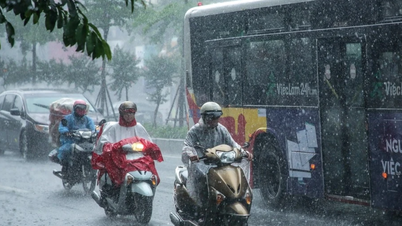





















Comment (0)